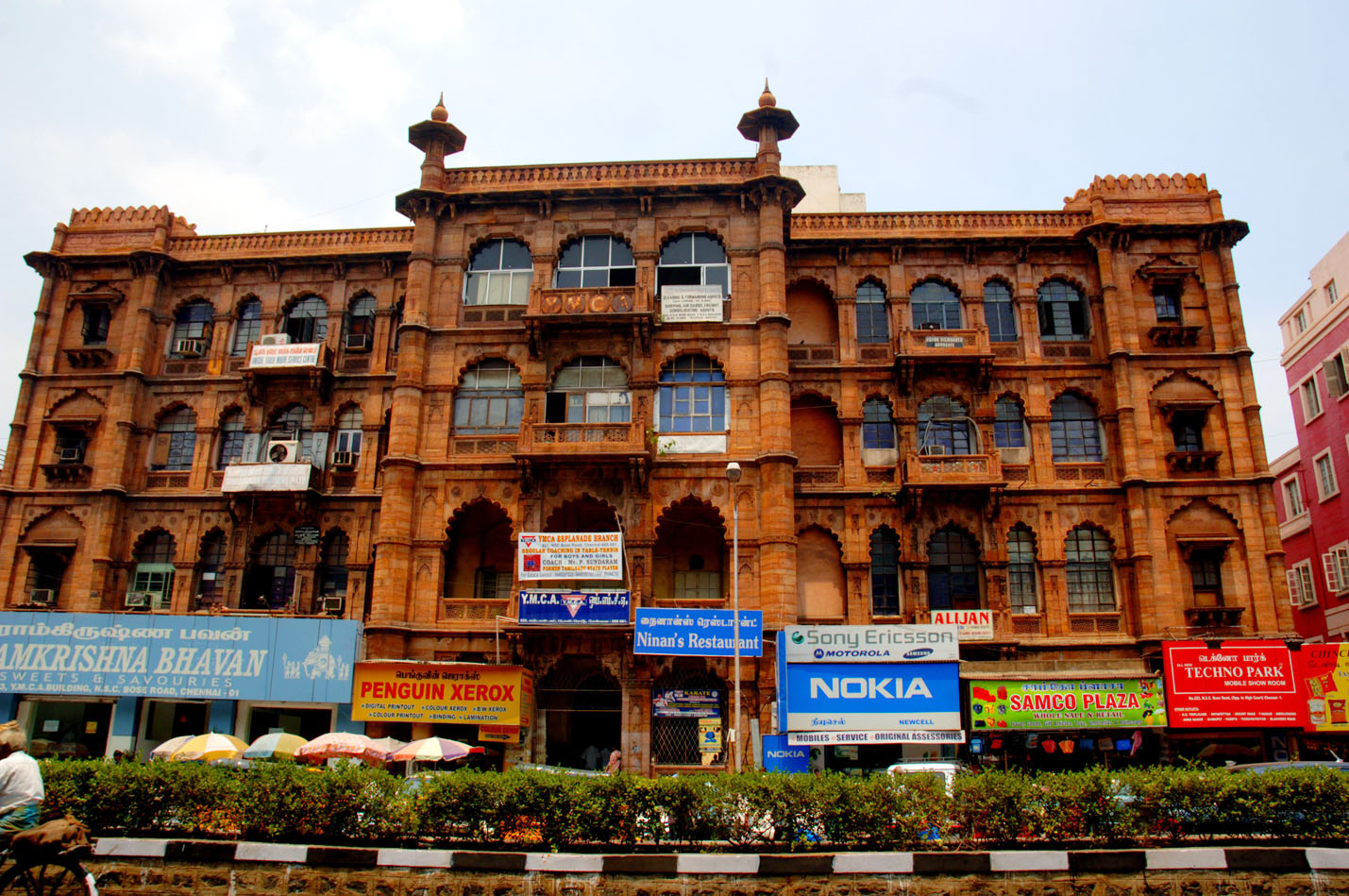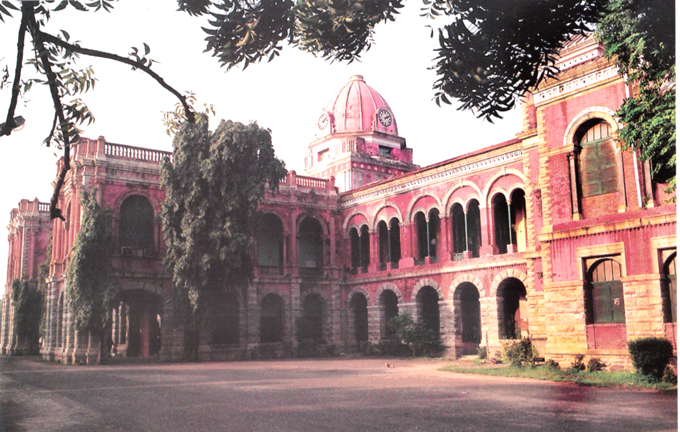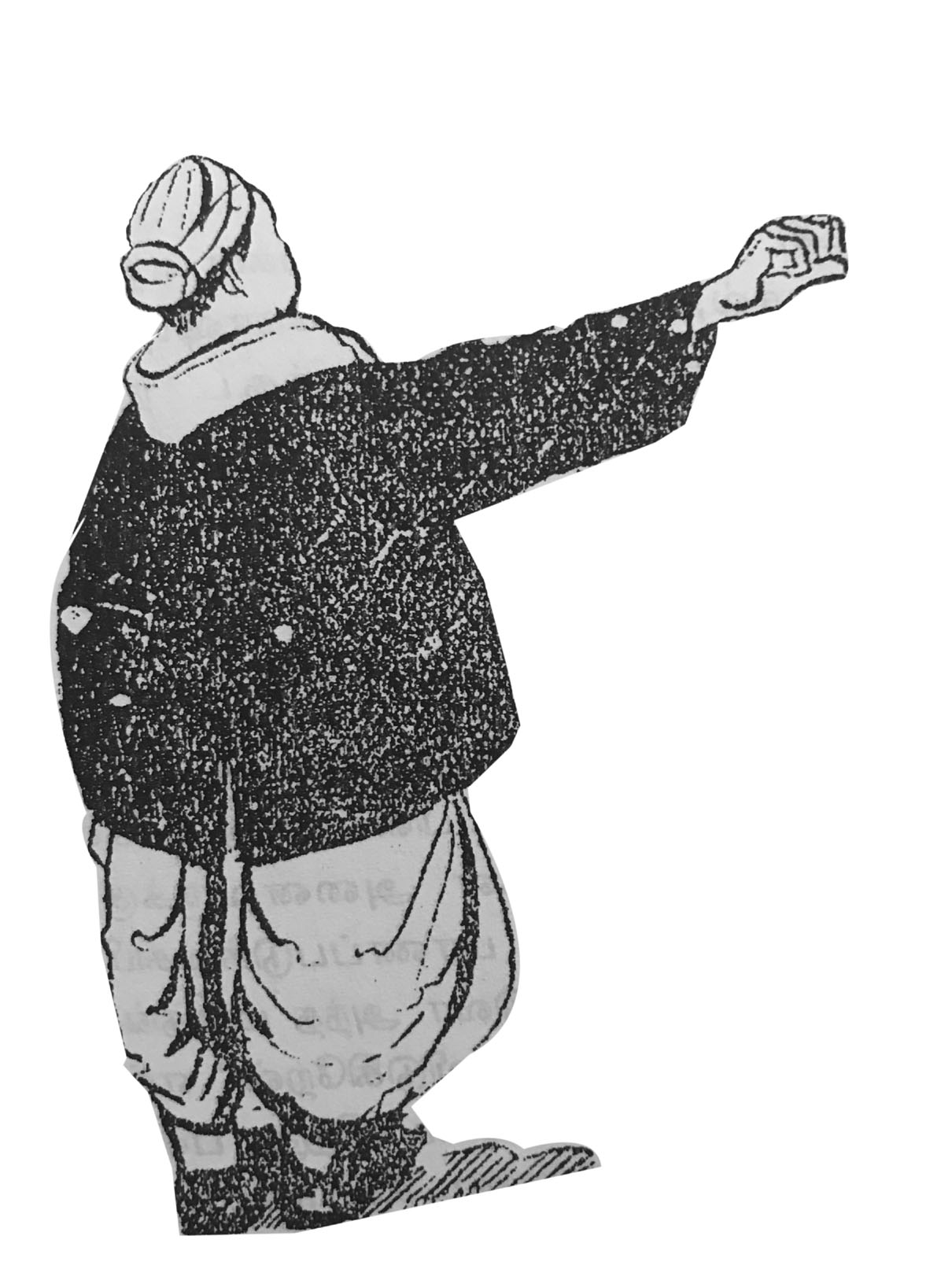Registered with the Registrar of Newspapers for India under R.N.I 53640/91
Vol. XXIX No. 16, December 1-15, 2019
Lost Landmarks of Chennai
-SRIRAM V
To many in Chennai, December is synonymous with Carnatic music. But for around 23 years or so, between 1918 and 1941, there was much of the art to be enjoyed in summer too. This was due to the Summer School of Music, which convened each year during the months of May and June. It did not have any fixed premises, and met at places such as the YMCA, Esplanade and Royapettah, the Presidency College, and the Hindu and Kellett High Schools, both at Triplicane.
The Summer School had much to do with evangelical activity. The Rev. Herbert Arthur Popley was attached to the London Missionary Society and had arrived in Madras Presidency sometime in the early 1900s. He spent much of his working life at the Erode Mission of the LMS and while there, had the opportunity to learn about the Thirukkural and Indian classical music. He began translating the former and embarked upon a serious study of the latter. In the 1950s, he published his English version of the Kural in two volumes and as for music, he wrote a book on it too. But his work on the Summer School predates all of this.
The Chronicle of the London Missionary Society, 1918 exulted that the Rev. H.A. Popley was arranging a school of melody for evangelists. He referred to it as a Lyrical Summer School and its chief purpose was to train students “in the better use of musical instruments in evangelistic programmes”. Within a couple of years of its inception, the school became a regular feature of the city’s social calendar, meeting each year for six weeks in summer. The initial membership was wholly Christian, but the programmes were largely focused on Carnatic music. In 1924, P. Sambamoorthy, later to become Professor and Head of the Department of Music, University of Madras and an eminent musicologist, was roped in to deliver a set of ten lectures accompanied by a demonstration on the topic ‘Musical Forms in South Indian Music’, to the students of the summer school. The Rev. Popley was sufficiently impressed to appoint Sambamoorthy as a lecturer in the school. In 1926 he was made Vice Principal and a year later, became the Principal.
Under Sambamoorthy, the school began to enroll students from Hindu families as well. He gave it a proper curriculum, dividing the classes into Elementary, Intermediate, Advanced and Honours sections. The hours of functioning increased to encompass the better part of a full day. The forenoon had an hour of theory, two hours of practicals and a practice session under supervision. The afternoon had general singing classes where simple compositions suited for choral performances were taught. The students had to put up musical programmes for the benefit of the public each Friday evening. Excursions to places of musical interest were undertaken each weekend.
The 1930s were the Summer School’s apogee. Over 20 students enrolled each year, across various religions and from the Presidencies of Madras, Bombay and Bengal, besides the kingdoms of Mysore, Travancore and Cochin. Some of the stars who came included D.K. Pattammal and the actor Ranjan. The Government began recognizing the certificates issued by the Summer School. Its curriculum
 YMCA Esplanade and the Presidency College, two of the venues of the Summer School.
YMCA Esplanade and the Presidency College, two of the venues of the Summer School.came to be adapted for use in institutions such as the Department of Music, University of Madras.
Sambamoorthy travelled abroad in 1931 and the school did not function, perhaps giving an indication of how dependent it was on him. On his return, much influenced by what he saw in Munich and other musical capitals, he created a Summer

School Orchestra and became its conductor, wearing a black coat and turban and gesticulating at the performers with gusto. This was not entirely well received by the orthodox elements. Kalki Krishnamurthy questioned the necessity for a conductor when all that the orchestra was performing were well-known compositions that had very clear notations. He opined that Sambamoorthy, rather than showing his back to the audience, would be better off curled up in a chair, enjoying the performance. He compared the choral singing to the noises made by several oil presses operating simultaneously in his village. Declaring that the solo sitar performances (which evidently were interludes to the orchestra’s pieces) were bad, he felt that they would do much to drive away what little love Tamilians had for Hindustani Music.
Kalki’s criticism notwithstanding, the Summer School orchestra flourished, later becoming the Indian Orchestra. In 1939, Sambamoorthy received a silver baton in appreciation at the Jagannatha Bhakta Sabha, whose membership was the most fastidious (see MM Vol XVII No. 18, January 1-15, 2018). The school too did well under Sambamoorthy’s guidance. Its 14th session, held in 1935, saw C.V. Krishnaswami Chetty, Electrical Engineer of the Madras Corporation and the father of radio broadcasts in India, presiding as Chief Guest.
 Mali’s cartoon from Ananda Vikatan, 1934 of Sambamoorthy conducting the orchestra.
Mali’s cartoon from Ananda Vikatan, 1934 of Sambamoorthy conducting the orchestra.Sambamoorthy’s report of the school’s functioning that year is available in full and it reveals that apart from vocal music, there were classes in veena, violin, flute, sitar, mridangam and tabla. All students had to enroll for a main and subsidiary course, thereby improving cross-functional skills in the art.
But the end was already nigh. Sambamoorthy was meant for a far bigger canvas and in 1937, he joined the Department of Indian Music, University of Madras. He was already teaching in several other institutions as well. That meant his time for the Summer School was fairly limited. The second world war and its uncertainties meant attendance at the school dwindled and its last session was held in 1941. The evacuation of Madras in the summer of 1942 ensured that the school could not reconvene. With the end of the war, Independence was in the air and Sambamoorthy was called on for many other things, including the framing of the syllabus for the Central College of Karnatak Music, now the Isai Kalluri. The Summer School had become something of the past.
The Professor went on to have a stellar career, writing books, lecturing all over India, creating a museum of musical instruments and receiving the Music Academy’s Sangita Kalanidhi in 1972. He died a year later.
References:
Sruti issue 251, Aug 2005, article on Prof P. Sambamoorthy by Dr. M.A. Bhageerathi.
Prof. Sambamoorthy, the Visionary Musicologist – The Music Academy, Madras, 2001.
Kalki Valartha Kalaigal – Vanathi Pathippagam, 2008.

